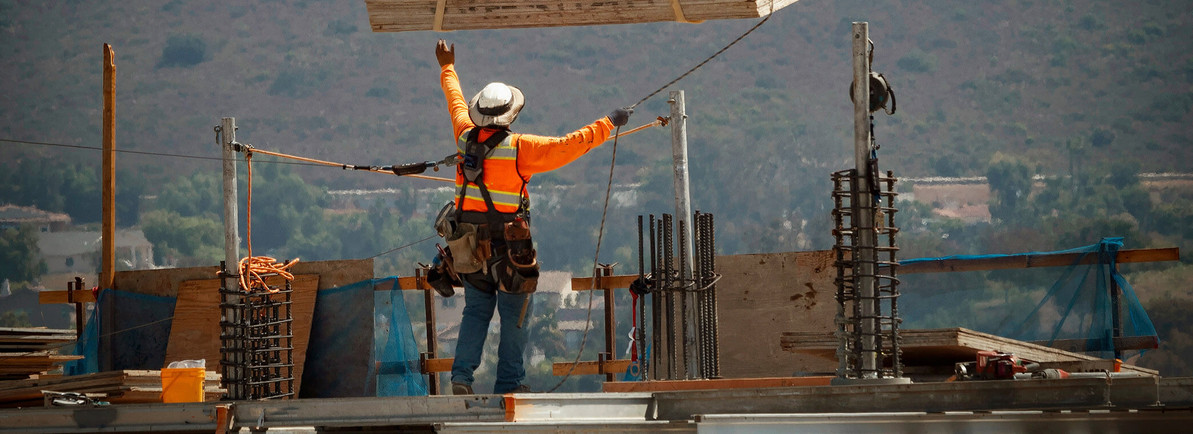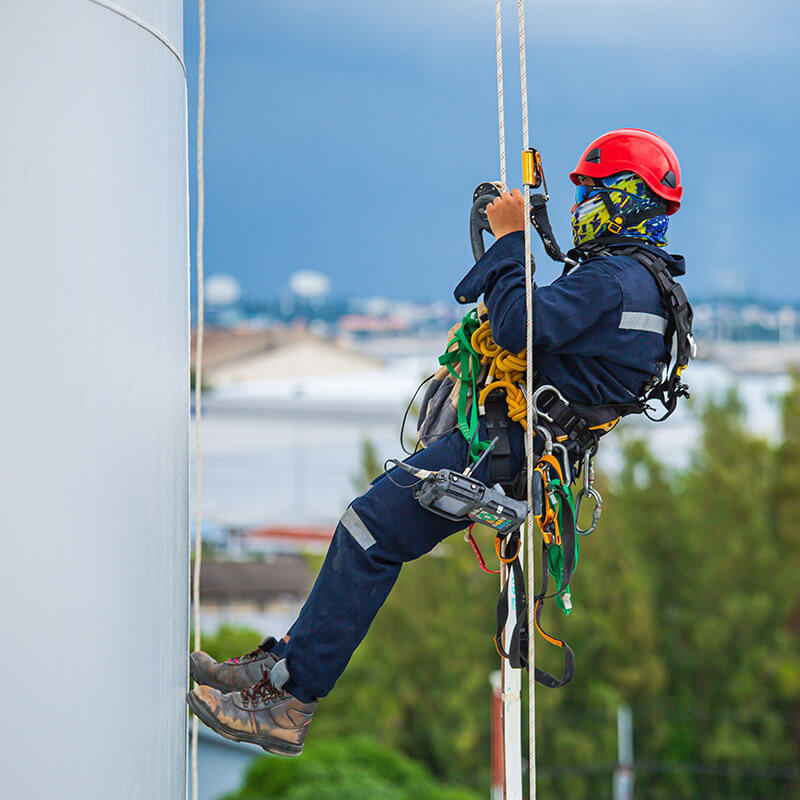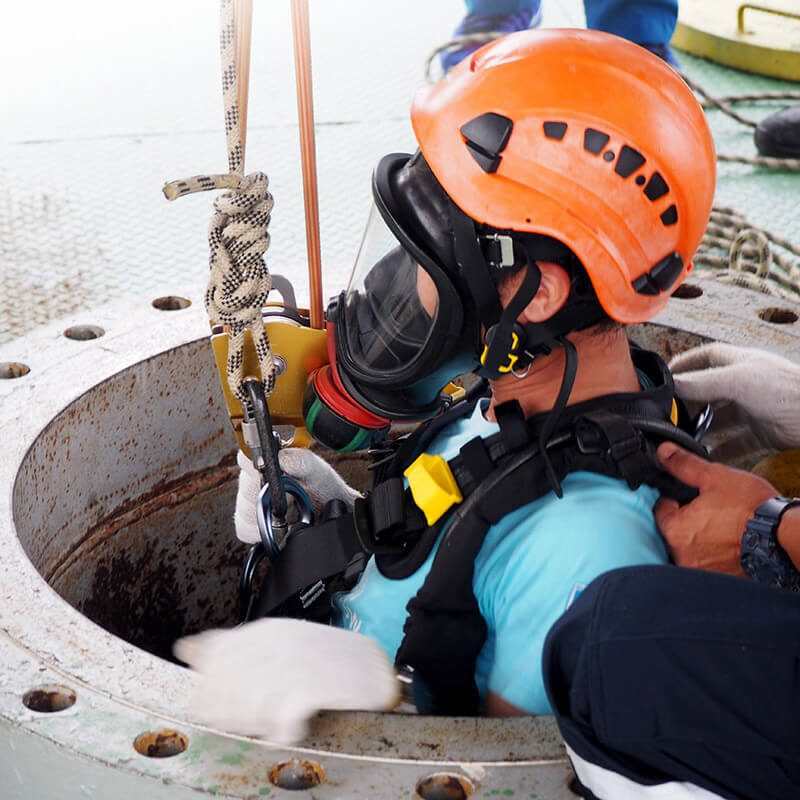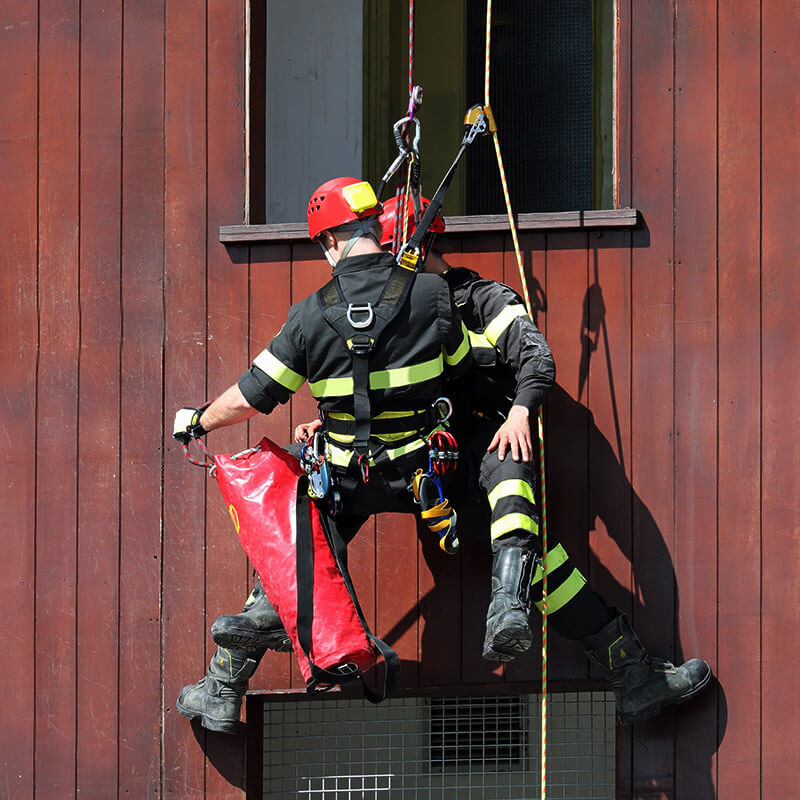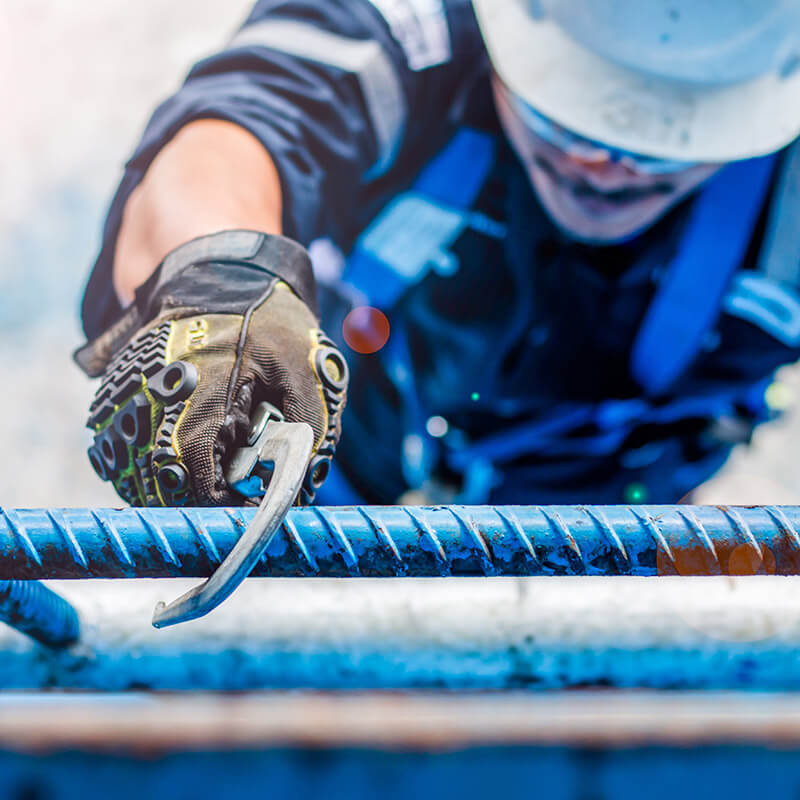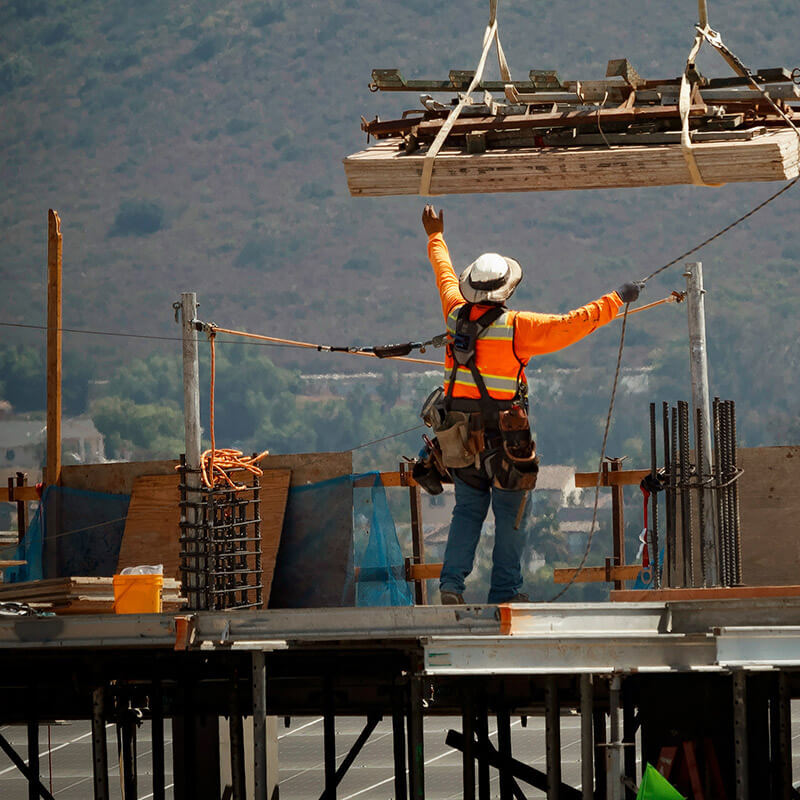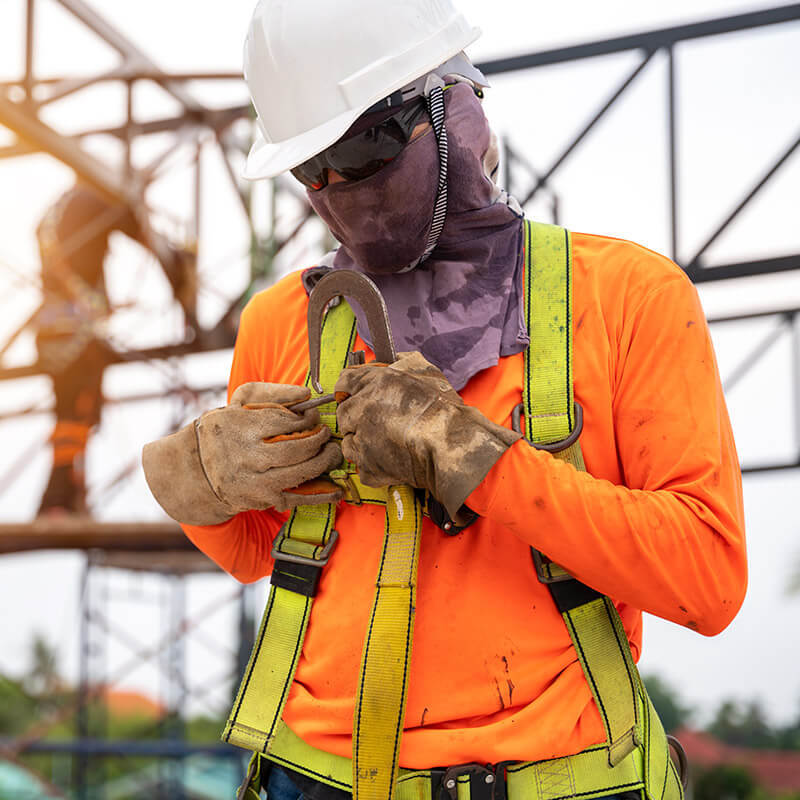What are the four components of a PFAS?
The Four Components of a Personal Fall Arrest System (PFAS)
Falls remain a leading cause of serious injuries and fatalities at work. A well-designed Personal Fall Arrest System (PFAS) is the last line of defense—when all other controls can’t fully eliminate risk. This guide explains the four PFAS components, equipment used for fall protection, and links you to the right gear on Bishop Lifting.
Shop All Fall Protection
Build a complete, compliant system—harnesses, SRLs, lanyards, anchors, rescue gear, and more—all in one place.
Body Support (Harnesses)
From everyday construction harnesses to task-specific models, get secure fit, easy adjustment, and all-day comfort.
Connections (Lanyards)
Shock-absorbing and positioning lanyards that reduce arrest forces and connect your harness to anchors safely.
Connections (Self-Retracting Lifelines)
SRLs minimize free-fall distance and lock quickly—ideal when you need mobility and fast arrest performance.
Anchorage (Anchors)
Permanent and reusable anchors for wood, concrete, and metal—engineered to meet stringent strength standards.
Descent & Rescue
Controlled-descent devices and rescue kits to plan for prompt retrieval after a fall—an essential part of any PFAS.
Complete Fall Protection Kits
Turn-key kits for common tasks and trades—simplify purchasing and ensure compatibility in one step.
PFAS, Defined
A Personal Fall Arrest System (PFAS) stops a fall in progress and limits the forces on the worker and the structure. A complete PFAS has four parts—often called the “ABCDs” of fall protection: Anchor, Body Support, Connector, and Descent/Rescue.
A — Anchorage
The anchor is the secure attachment point for the system. It must be selected and installed for the substrate (wood, concrete, metal, structural steel) and the task at hand. Many applications require anchors capable of resisting at least 5,000 lb per attached worker or designed with a safety factor by a qualified person, per prevailing standards and employer policies.
- See anchors for wood, concrete, and metal roofs: Shop Anchors
B — Body Support
A full-body harness distributes arrest forces across the thighs, pelvis, chest, and shoulders, and provides D-ring attachment points for fall arrest, positioning, and rescue. Proper sizing, adjustment, and inspection are critical to performance.
- Explore construction, utility, and specialty harnesses: Shop Harnesses
C — Connection
Connectors link the harness to the anchorage. Choose based on fall clearance, mobility needs, and environment:
- Shock-absorbing lanyards to reduce arrest forces and maintain safe total fall distances.
- Self-retracting lifelines (SRLs) to minimize free-fall distance and lock within inches while allowing movement.
D — Descent & Rescue
A PFAS isn’t complete without a prompt, planned method to recover the worker after a fall. Controlled-descent devices and rescue kits enable assisted or self-rescue based on site conditions and training.
- Find controlled-descent devices and rescue kits: Descent & Rescue
Selecting & Using PFAS Components
- Hazard assessment first: Identify edges, openings, leading-edge exposures, swing-fall hazards, and anchor options.
- Match gear to the job: Choose anchors for the substrate, connectors for required mobility, and harness features for task ergonomics.
- Calculate clearance: Ensure adequate fall clearance for the chosen connector (lanyard vs. SRL), including deceleration distance and stretch.
- Plan rescue: Define who, what, and how for prompt retrieval; stage gear where it will be used.
Want a fast start? Fall Protection Kits simplify component selection and compatibility.
Inspection, Maintenance & Training
- Pre-use checks: Verify webbing, stitching, hardware, labels, and dates. Remove damaged gear from service immediately.
- Scheduled inspections: Follow manufacturer intervals and your safety program for competent-person inspections and documentation.
- Storage & care: Keep equipment clean, dry, and away from chemicals and UV exposure; follow manufacturer service life guidance.
- Training & refreshers: Ensure workers understand selection, fitting, tie-off techniques, clearance, and rescue procedures.
Quick FAQ
What are the four components of a PFAS?
Anchorage, Body Support (full-body harness), Connection (lanyards/SRLs), and Descent & Rescue.
How strong should an anchor be?
Many applications require anchors capable of resisting at least 5,000 lb per attached worker or designed by a qualified person. Always follow the manufacturer, your safety program, and applicable regulations.
When should I use an SRL vs. a lanyard?
Use SRLs when you need mobility with minimal free-fall distance or limited clearance. Use shock-absorbing lanyards when clearances allow and movement is more constrained.
Do I need a rescue plan?
Yes. A PFAS must include prompt rescue capability—plan it, train it, and stage the equipment.
What Is the 10-Foot Rule for Rigging?
Dec 15th 2025
What Are the Different Types of Climbing Ropes?
Dec 11th 2025
What Type of Rope Is Best for Climbing?
Dec 9th 2025
What Are the Two Types of Kernmantle Rope?
Nov 25th 2025
What Is a Kernmantle Rope Used For?
Nov 21st 2025
What Is a Fall Protection Harness?
Nov 14th 2025
What are the four components of a PFAS?
Nov 7th 2025
Is Palmer Safety OSHA Compliant?
Nov 3rd 2025
What’s the Hardest Chain to Cut?
Oct 20th 2025

